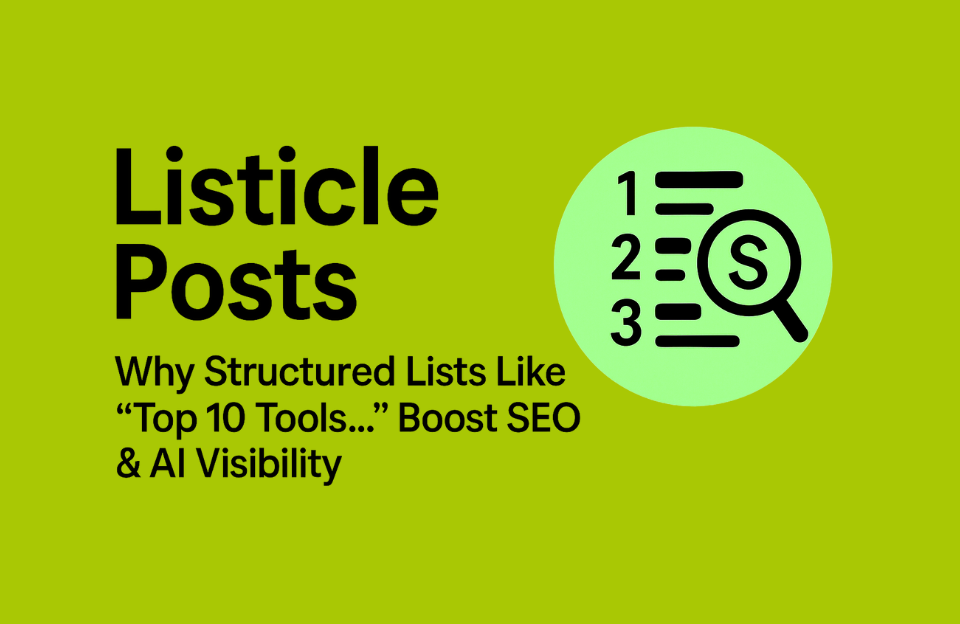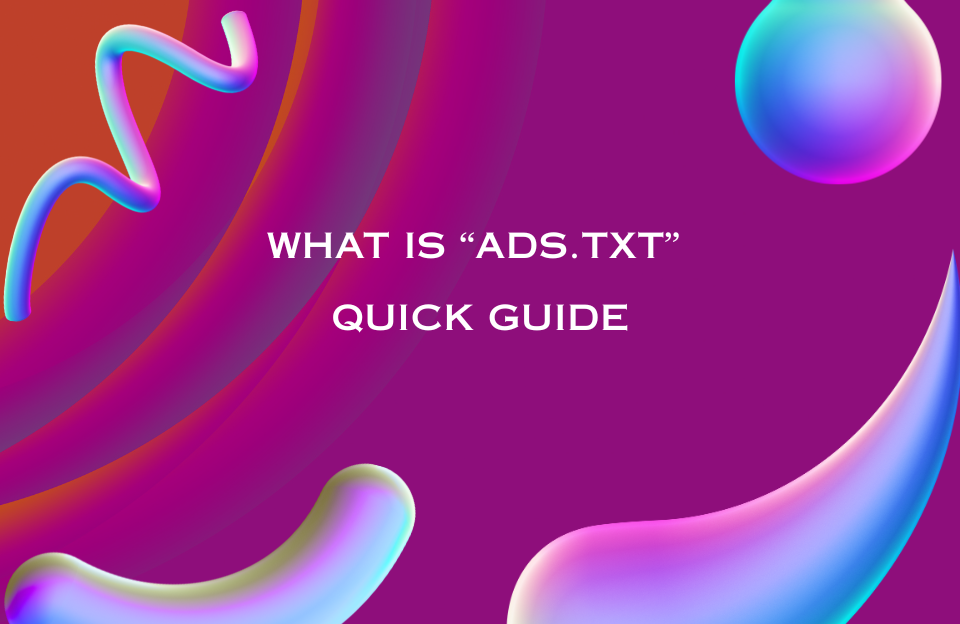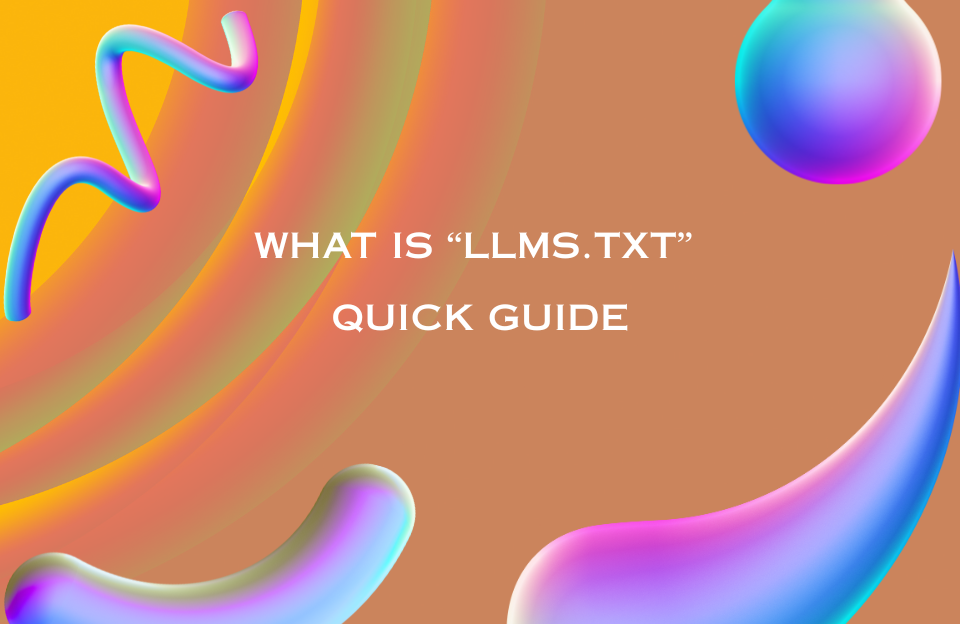Listicle Posts: Why Structured Lists Like “Top 10 Tools…” Dominate Content Marketing
In today’s fast-paced digital world, listicle posts—structured articles like “Top 10 Tools for…”—have become one of the most effective and user-friendly content formats. They resonate with readers and are also favored by AI engines and search algorithms.
What Are Listicle Posts?
A listicle is a blog post or article presented in a list format, often using numbers or bullet points. Each item in the list is paired with a short explanation or context. Titles like “5 Ways to Improve Your SEO” or “7 Tools Every Marketer Should Know” are classic examples.
Why Are They So Effective?
- Scannability: Readers can quickly absorb information without reading long paragraphs.
- AI-Optimization: Structured formatting makes it easier for AI engines—like Google’s SGE or ChatGPT—to parse, summarize, and highlight your content.
- SEO Benefits: Phrases like “Top 10” or “Best Tools” match common user queries and can earn rich snippets in search results.
- High Shareability: People love sharing concise, actionable lists that are easy to digest.
How to Write Effective Listicles
- Stick to One Topic: Keep your list tightly focused on a single idea or theme.
- Use Clear Subheadings: Make each item stand out with a descriptive title.
- Add Value: Write short but informative descriptions for each point.
- Choose Quality Over Quantity: A list of 5 strong tools is better than 15 weak ones.
- Close With Purpose: Include a summary or call-to-action at the end of your post.
Real Example: A Listicle That Works
A blog post titled “Top 7 AI Tools for Marketers” might include Jasper, Copy.ai, Grammarly, ChatGPT, Midjourney, Surfer SEO, and Notion AI. Each tool gets a short overview and a link. This type of list is great for SEO, encourages clicks, and is easily summarized by AI engines for previews or featured snippets.
Conclusion
Listicles are more than trendy—they’re strategic content tools. They balance clarity and depth, making them ideal for readers, search engines, and AI-driven platforms alike. Whether you’re comparing tools, sharing insights, or providing tutorials, structured list content helps you get seen—and remembered.




